Password Breaches: The Top Mistakes You’re Probably Making
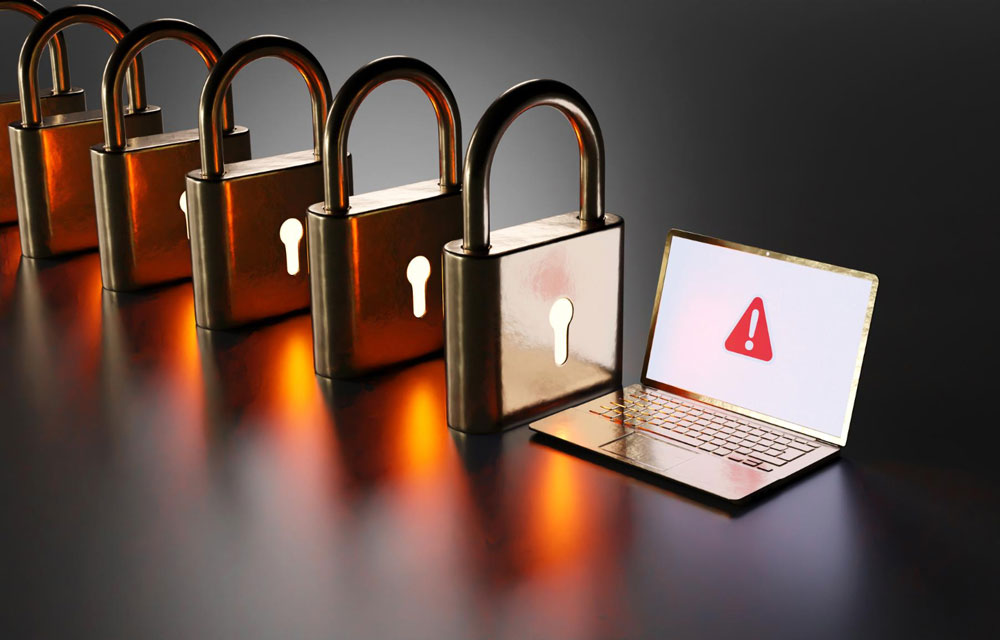
Password breaches have become alarmingly common, profoundly impacting lives by exposing sensitive information and undermining our sense of security. We are all living in an internet-dependent world, and protecting our digital identities is more critical than ever. A strong, well-constructed password is often the first line of defense against cyber attacks and data breaches. Yet, despite the escalating risks, many of us still equivocate when it comes to password security, making avoidable mistakes that can lead to catastrophic consequences.
From using easily guessable passwords to neglecting the trusty two-factor authentication, these blunders not only compromise your personal information but also pose significant threats to organizational security. In this blog post, we’ll talk about the top slip-ups you’re likely committing and equip you with actionable tips to rectify them. If you are someone who is always very concerned about your personal cybersecurity, these insights are critical for shoring up the fortifications of your digital life.
Understanding Weak Passwords and Their Risks
Weak passwords are akin to leaving your front door unlocked in a high-crime neighborhood. The ease of access provided by these flimsy combinations of letters and numbers practically invites malicious intrusions. Here, we break down what constitutes a weak password and why you need to be wary of them.
Defined Weakness: At the most basic level, a password is considered weak if it can be easily guessed or found using a simple algorithm. Common examples include ‘password’, ‘123456’, and ‘qwerty’.
The Consequences of Weakness: Cyber criminals have a smorgasbord of tricks up their sleeves, from brute-force attacks to dictionary-based hacking programs. The result? Swift, often undetected, breaches, leading to a laundry list of potential catastrophes, from identity theft to financial fraud.
Building a Fortress: Crafting a robust password isn’t rocket science, but it does require thought and creativity. Use a mix of upper- and lower-case letters, intersperse numbers, and incorporate special characters. If you’re forgetful, a passphrase can be a memorable yet secure alternative to a string of random characters.
The Perils of Password Reuse
It’s a mistake we all do, so let’s understand it better. You might think replicating passwords across various accounts is a clever way to cut down on memorization efforts. However, in the unforgiving terrain of cyberspace, it’s a blueprint for disaster.
The Domino Effect: Picture your online presence as a row of dominos. Knock down one, and the rest inevitably follow. The same logic applies to passwords — if a single password is compromised, the sanctity of all your other accounts is jeopardized.
Uniqueness Breeds Security: Creating a unique password for every single account might seem daunting, but the alternative is far worse. Leveraging the services of a password manager can common eliminate the hassle, offering strong, distinct passwords with the convenience of a master key.
The Unmissable Value of Two-Factor Authentication
Consider an incident where millions had their personal data exposed due to a single compromised password on a popular social media platform. This real-life scenario underscores the lurking dangers of neglecting two-factor authentication — a simple oversight with complex repercussions.
Two-factor authentication (2FA) is the proverbial deadbolt to your password’s door lock. By requiring an additional piece of proof beyond your standard login credentials, it exponentially increases your security.
Unpacking 2FA: This method typically involves a combination of something you know (your password) and something you have (often a mobile device or email). In the event your password is compromised, the intruder faces another barrier that’s significantly harder to breach.
Enabling 2FA Across Platforms: The good news is that the services you use every day, from social media to online banking, have recognized the value of 2FA. We’ll guide you through setting up 2FA on a variety of platforms, ensuring an extra layer of defense for your most sensitive data.
Start Making a Difference Today: With high-profile data breaches and cyber threats becoming more sophisticated, fortifying your digital presence with robust password measures is no longer optional — it’s imperative. Take a proactive stance on security by following the actionable steps outlined in this guide. Remember, the time, effort, and, if necessary, resources you invest in your password security today can spare you from the potentially catastrophic fallout of a breach tomorrow.
How to Create a Secure Future with Proactive Measures
To ensure that your accounts and systems are well-guarded against password breaches, a few simple steps can make all the difference. Here’s your checklist for a more secure digital life:
- Reevaluate Your Passwords: Make sure all passwords you currently use are strong and unique. If they’re not, change them immediately.
- Say Yes to 2FA: Enable two-factor authentication wherever possible. It forms a formidable shield against unauthorized access.
- Be Vigilant: Regularly monitor your accounts for unusual activity. If you spot anything suspicious, act promptly and change your password.
- Invest in a Password Manager: Consider using a reputable password manager to handle your vault of complex passwords. It’s one decision that could avert a disaster.
- Stay Informed: Cybersecurity is an evolving landscape. Keep abreast of new threats and best practices to stay one step ahead of potential attackers.
Your Role in the Collective Cybersecurity Effort
It’s important to remember that in the current world of cybersecurity, the strength of the collective is directly dependent on the robustness of its individual components. Ensuring you’re not the weak link goes beyond personal security; it’s about safeguarding the digital ecosystem at large.
Leaked passwords are a common entry point for cybercriminals. They can turn an individual’s oversight into a widespread security catastrophe. By adopting stronger password protocols, you’re helping to shield not just your own data but also fortifying the collective defense against password data breaches.
In the event of a password data breach, the compromised passwords become the keys to the kingdom for cyber attackers. Potentially, this could lead to a domino effect of security breaches across the web. Your vigilance and proactive measures can significantly mitigate these risks.
Remember, compromised passwords don’t just endanger the accounts they belong to, they threaten every account that uses similar or duplicate passwords. Ensuring your passwords are unique and secure is a crucial step in preventing a cascade of vulnerabilities.
FAQs:
What should I do if my password is leaked?
Immediately change your password, not just for the affected account but for any account where you might have reused passwords. Consider using a password manager to generate and store complex passwords.
How can I find out if I’ve been part of a password data breach?
Use reputable services that monitor and notify users of data breaches involving their accounts. Regularly checking these services can alert you to compromised passwords, prompting you to take action.
What’s the best practice for creating a strong password to prevent it from being compromised?
Create passwords that are long, unique, and use a mix of characters (letters, numbers, symbols). Avoid common words or phrases, and never reuse passwords across different accounts.
If you’re looking for a secure password manager, consider ours. It’s complimentary and available for iOS on the App Store.




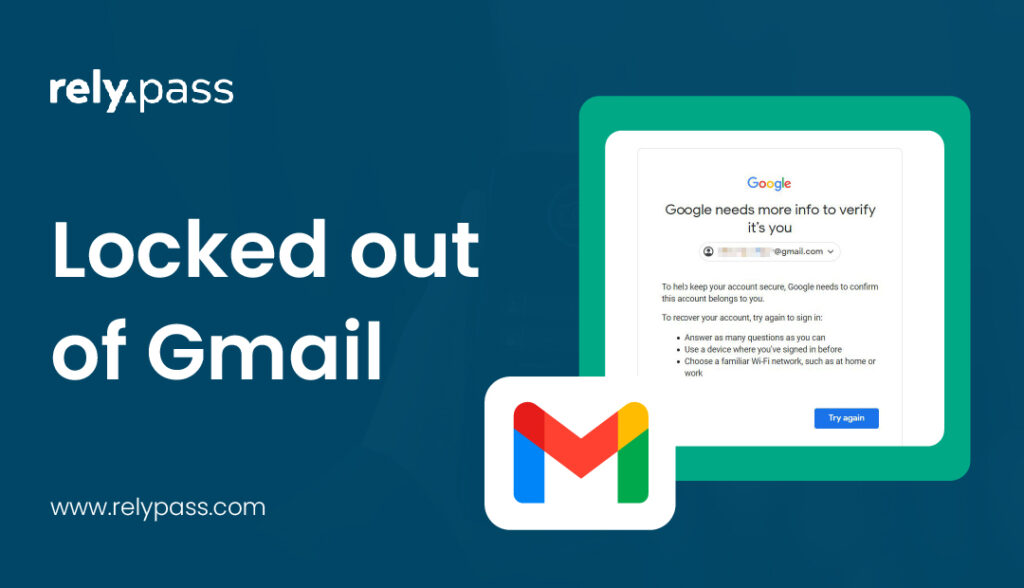
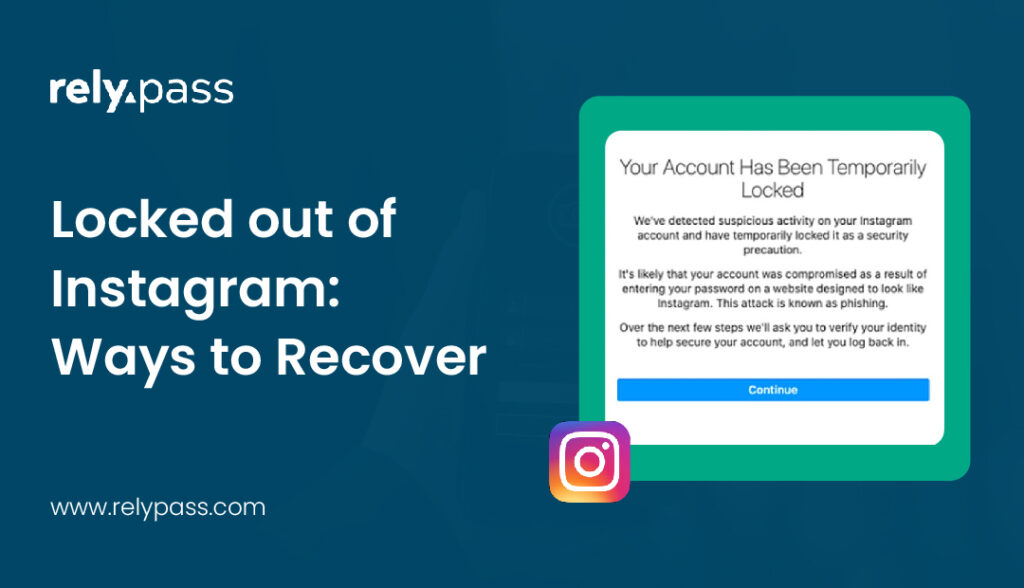
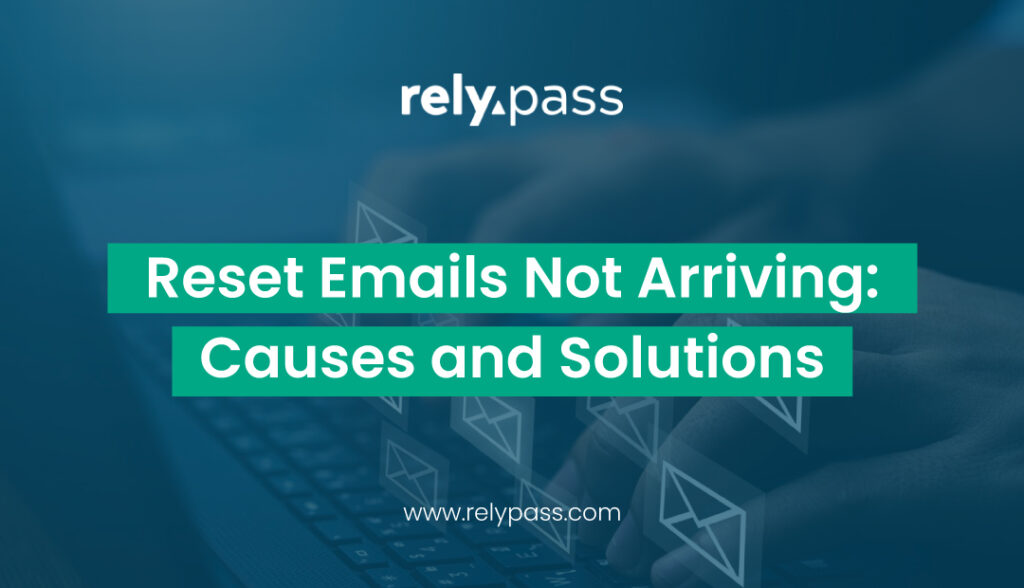


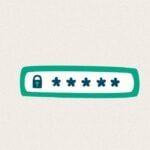


Strong Password Ideas to Boost Your Security - RelyPas
May 8, 2024[…] if you set a weak password, then it may create trouble in the future. So, you must set a good password to secure your accounts […]
Am I Pwned? Here’s How to Check and What to Do Next – RelyPass
May 8, 2024[…] Data: Your sensitive information ends up in the hands of unauthorized actors. Think of it as handing a stranger the keys to your […]
Am I Pwned? Here's How to Check and What to Do Next - RelyPass
May 8, 2024[…] Data: Your sensitive information ends up in the hands of unauthorized actors. Think of it as handing a stranger the keys to your […]